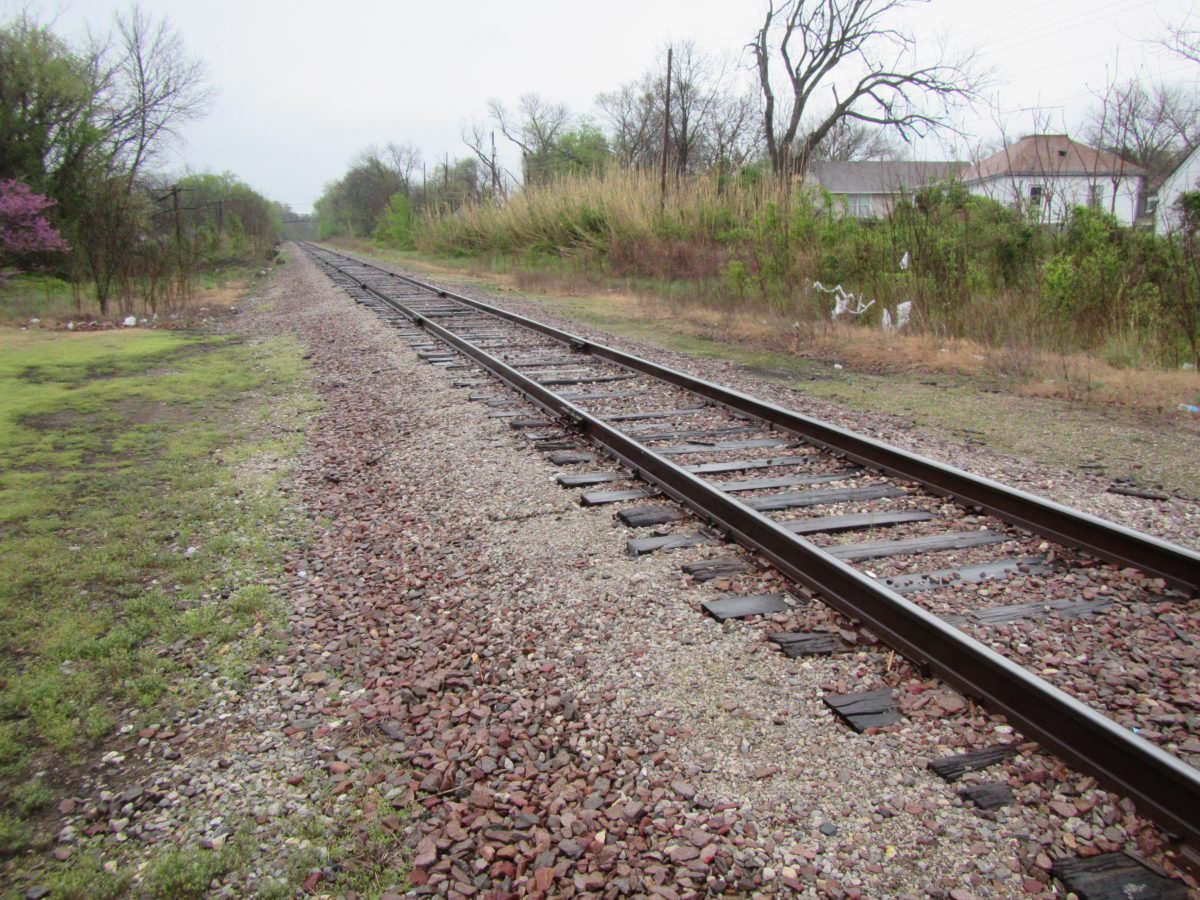National Zinc Deferral Site
About this Superfund Site
Location: Bartlesville, Washington County, Oklahoma
Township and Range: Section 11, Township 26N, Range 12E
Latitude/Longitude: 36.7441, -95.9945
Site Type: Smelter
Area: 0.23 square miles/150 acres
National Priorities List: Proposed Date – May 10, 1993
Current Status: Cleanup complete
Click to View Interactive Site Map
Cleanup Oversight Agencies: DEQ, Potentially Responsible Parties (PRPs) under State, South Kansas, and Oklahoma (SK&O), and Burlington Northern Santa Fe (BNSF) Railroad Right-of-way
Lead Agency: EPA
Office: DEQ, Land Protection Division, (405) 702-5100
DEQ Site Project Manager: Michael Lea, (405) 702-5195
DEQ Press Contact: Erin Hatfield, (405) 702-7119
Site History and Background:
The Zinc Corporation of America (ZCA) facility has a history of metal processing operations. Three horizontal retort zinc smelters were located at the site and began operation in the early 1900s. In the 1920s, two of the smelters ceased operations and were demolished. In 1976, the remaining smelter was converted to an electrolytic zinc refinery, which is no longer in operation. Without air emission controls, solid waste particles with elevated metals concentrations (specifically arsenic, cadmium and lead) were deposited downwind in Western Bartlesville. The contaminated area covered approximately eight square miles and had the potential to affect more than 11,000 nearby citizens.
Cleanup History:
The December 1994 Record of Decision identified these remedial actions:
- Category 1 Lands (Residential and Recreational): Removal of impacted soils and capping of unpaved alleyways. Implement a blood lead level monitoring program in residential areas.
- Category 2 Lands (Commercial and Industrial): Removal of impacted soils, capping, mixing, and phosphate treatment of contaminated soil.
- Ecological Areas: Sediments contaminated with heavy metals in the upper reaches of the North Tributary were excavated. Lower reaches of the North Tributary and Eliza Creek subsequently recovered by natural processes.
Cleanup Status:
- Cleanup was completed in 2001. Soil cleanup in the residential areas dramatically lowered overall blood lead levels in the community, which was supported by blood lead level testing results.
Did You Know?
In 1991 and 1992, the Oklahoma State Department of Health, funded by Agency for Toxic Substances and Disease Registry, conducted blood lead studies in the area of the National Zinc Site. These studies indicated that approximately 14% of the children in the contaminated area of the site had elevated levels of blood lead. Elevated blood lead levels were seen in children on the west side of Bartlesville, the side of town which the site was located. However, no elevated blood lead levels were found in children on the east side of Bartlesville. From 1995 to 2001 annual blood lead testing was conducted on children in the area. Elevated blood levels were not found in children from 1998 to 2001.
Land Use Restrictions:
Institutional Controls (ICs) are in place and are effective at containing impacted materials and preventing direct contact with impacted soils. The ICs developed a land use control system for the City of Bartlesville to require protective soil management and dust control procedures during construction activities. They also include a public education program to inform and educate the public on ways to reduce exposure to contaminants at the site.
Regulatory Profile:
- Sources of Contamination: Historical air emissions and slag (waste from smelted metallic ore) material contaminated soils in the surrounding area with lead, cadmium, and other heavy metals. The metals were investigated and remediated within a three-mile radius.
- Contaminants of Concern: Lead, cadmium, arsenic, and zinc
- Media Affected: Surface water and soil in residential, commercial, and industrial properties
- Surface Water Impacted: Eliza Creek and the North Tributary


